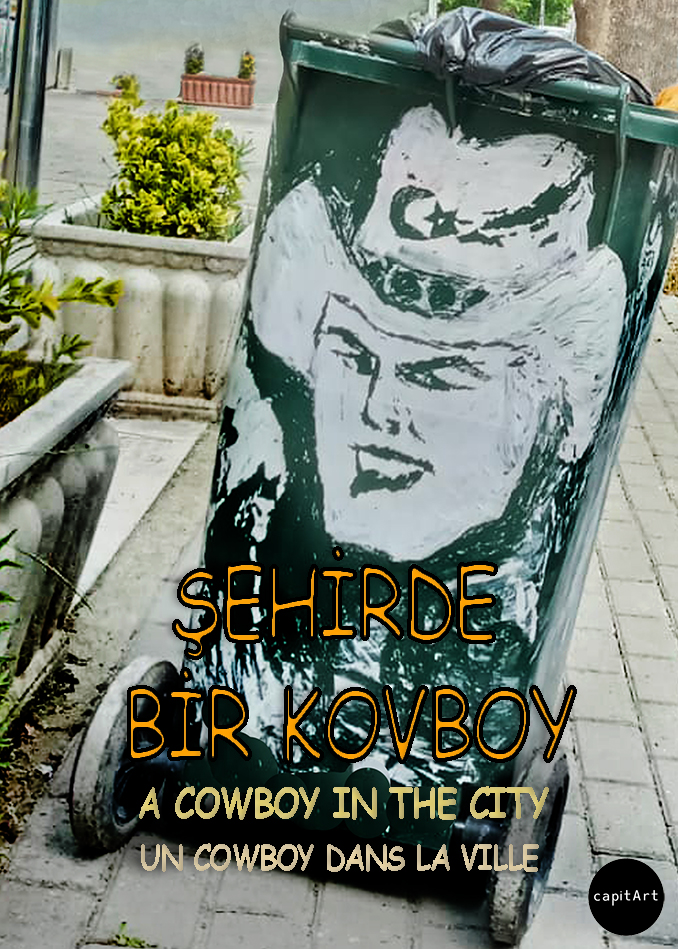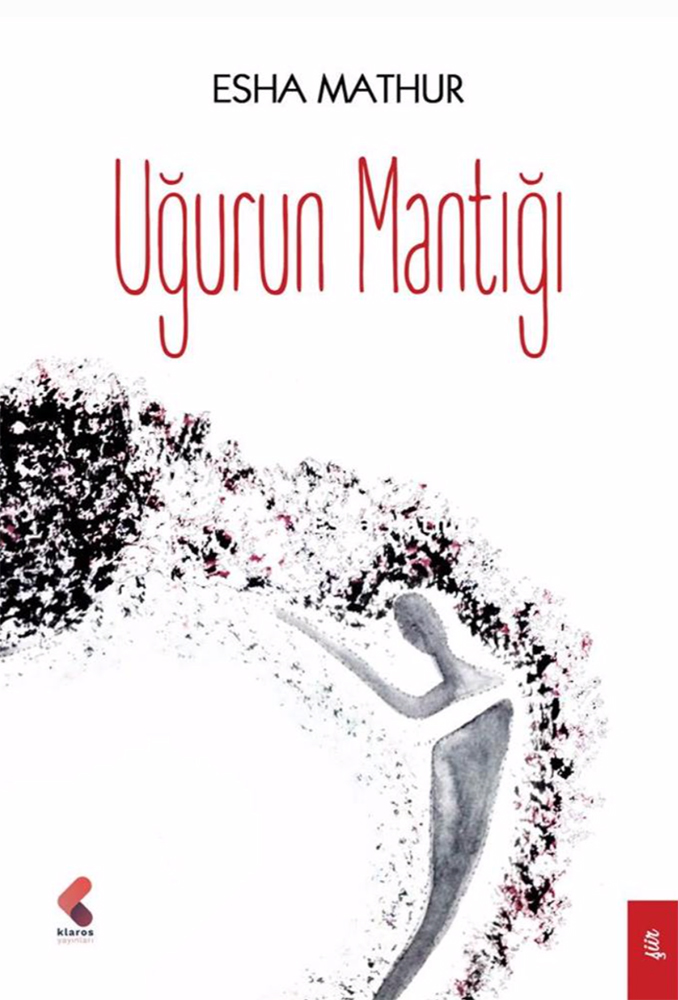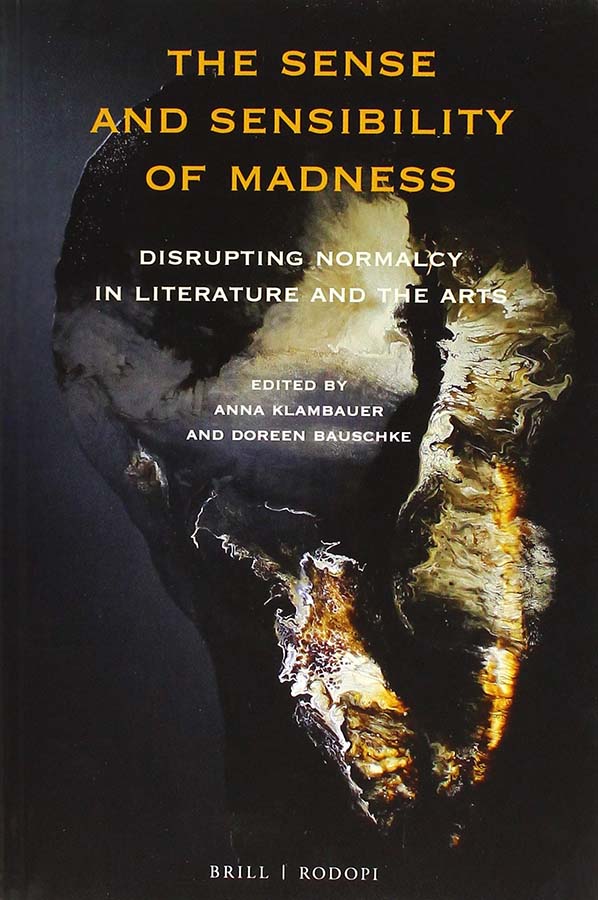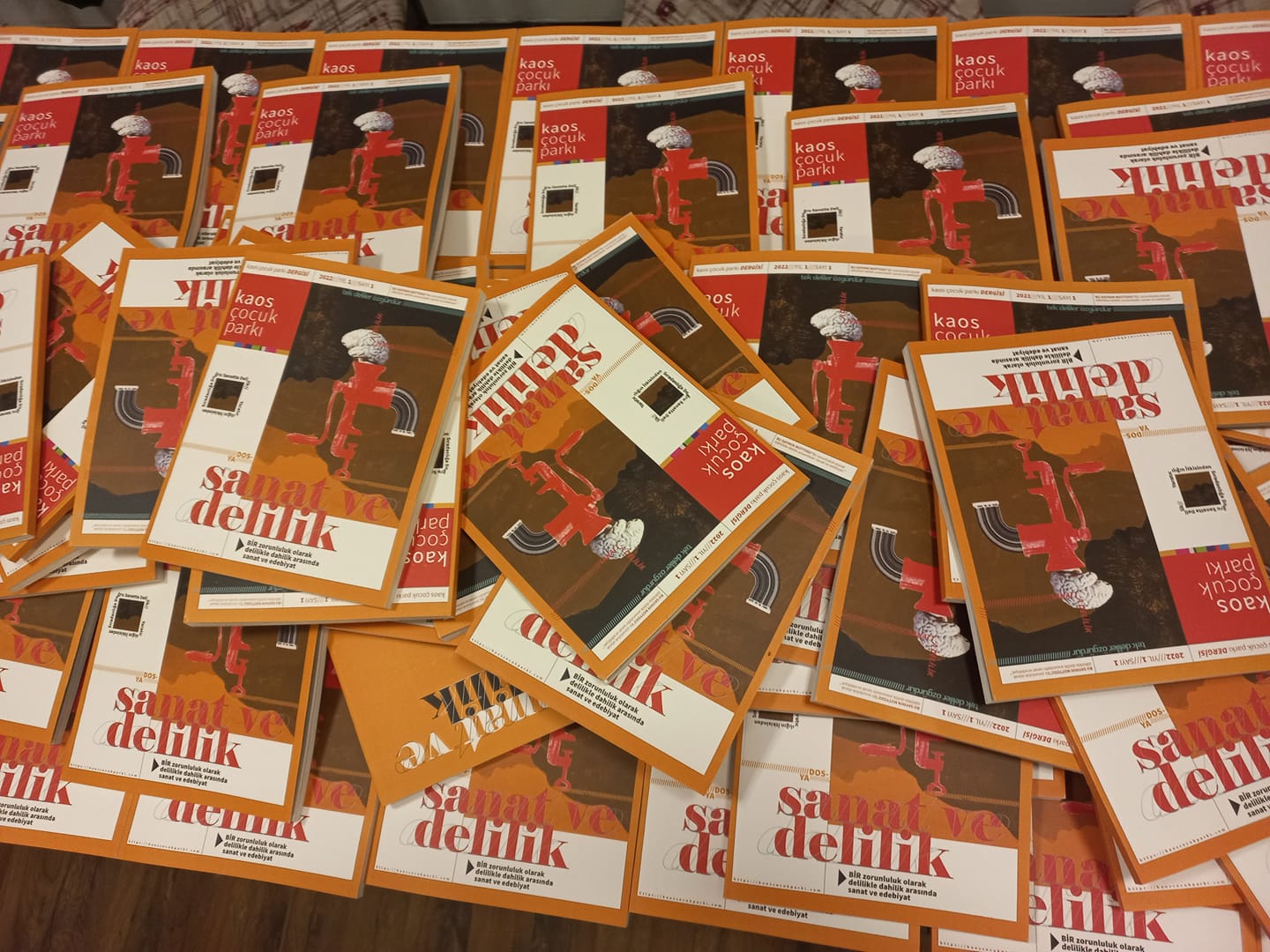
Cover Visual: Selami Gundogdu
A Cowboy in the City
This book published in Turkish, English and French is the product of the desire to unravel the works of a garbage worker and Art Brut creator Selami Gundogdu and let them meet a broader audience.
Selami Gundogdu was born in 1966 in Guvender village, Kocaeli city, Turkey. He spent his time as a youth in the fields and mountains of his village both shepherding and farming.
During his elementary school years, his classmates introduced him to the comic books, that he would from then on, always keep with him while he was shepherding. These comics inspired him to draw. Over time, he has painted a wide variety of faces, figures and stories on various materials.
Selami generally focuses on the village life he witnessed and the stories he heard from the elderly of his village. In addition to his two-dimensional works on different surfaces, he uses extraordinary materials and methods such as embossing with stones or burning with sunlight reflected by a magnifying glass on tree barks and broken branches. His art has no other guide but himself and his comic books.
In 2008, Selami moved from Guvender village to the city center of Izmit, where he started working as a garbage collector in the municipality sanitation department. He continues to draw on a wide variety of materials including the tools and clothing he works with.
Selami Gundogdu’s recent encounter with a fine arts student in the neighbourhood where he has been working for the last 12 years gave rise to this booklet.

Cover Visual: Esha Mathur
The Logic of Hazard
A novel/poetry book by Esha Mathur in which poetry is considered as a way of perceiving the world rather than a literary style.
“Şiir ne demek bilmiyorum. Hava gölgede 45 derece, sokaklar sıcakta kavrulmuş çiş kokuyor, bir allahım bile yok ve böyle müthiş kuş sesleri duymamıştım hiç. Gece yarısı uyandım, ışığı açmadım. Karanlıkta okunaklı yazmaya çalıştım. Yatakta doğrulmuş Geriye yalnızca şiir kaldı birlikte direnecek.’ diye düşünüyor, buna inanıyordum. Gece susmuş, karanlıkta her şey kaskatı sabitlenmişti. Yazdıklarım üst üste binmiş. ‘Eski sözcüklere yeni anlamlar vermeliyiz.’ Bu okunuyor yalnızca.”

Cover Visual: Mitsuru Tateishi
On Art Brut
For the last two decades, a form of art that originated in France around 1945 has been gaining a reputation as an outstanding mode of artistic expression in North America, Western Europe, and lately also in Japan. This form of art, called art brut, also known as outsider art, is usually categorised as an art of madness, although frequently in a problematic manner.
The radical eccentricity expressed in art brut, owing much of its reputation to the allure of the unknown and the forbidden, was turned into a mere market category in the latest era of capitalist society, thus mitigating its inherent unruly character[…]
This [is] an attempt to reformulate some of the already-existing questions surrounding art brut by placing it in the context of digital capitalism. Instead of providing final answers to these questions, [we] intend to reinstate the original unruly and unsettling character of art brut, despite the influences and manipulations of the art market on this term.
By doing so, [we] hope to foreground the political merit of art brut in the contemporary era.
Extract from “Art Brut: The Sensibility of Outsiders in the Era of Late Capitalism” by Isil E. Celik, in The Sense and Sensibility of Madness: Disrupting Normalcy in Litterature and the Arts, Brill Rodopi, 2018.

Kaos Cocuk Parki Literary Magazine

Klaros Literary Magazine

Klaros Literary Magazine

Kaos Cocuk Parki Literary Magazine

Kaos Cocuk Parki Literary Magazine